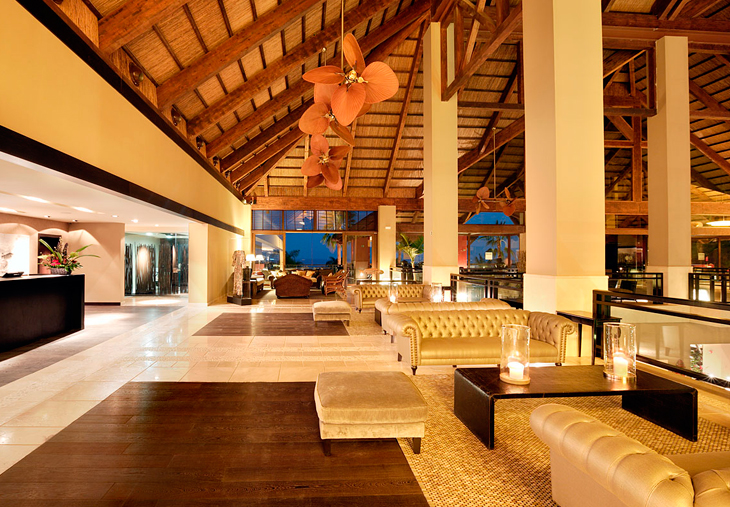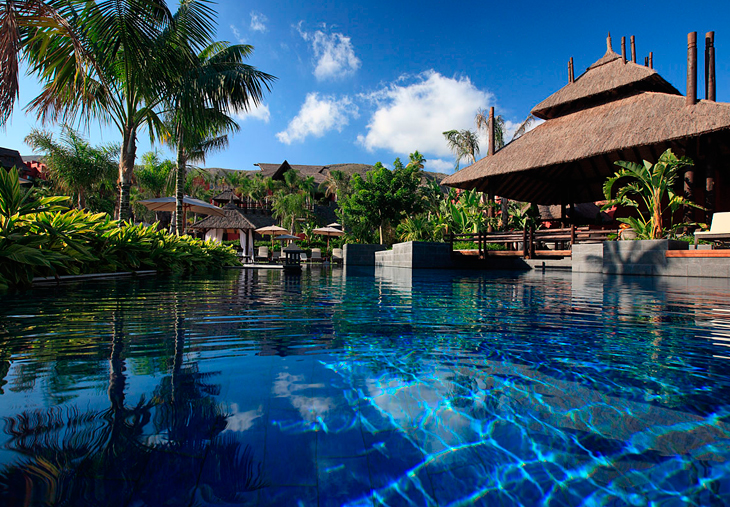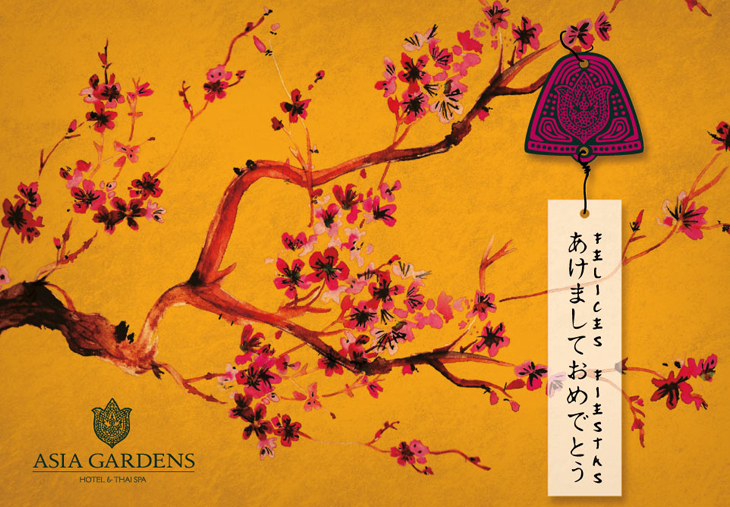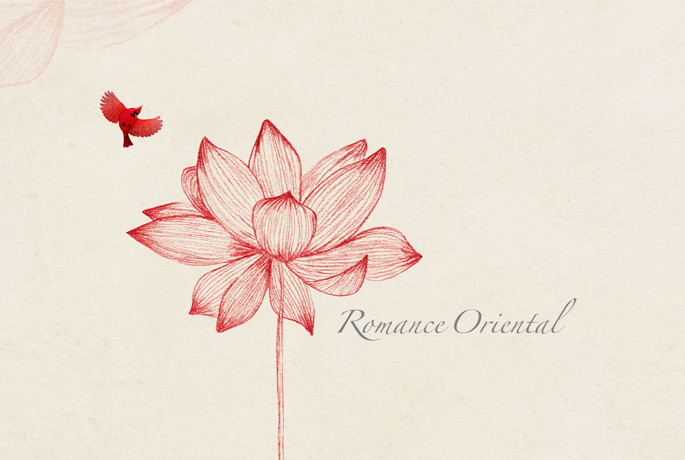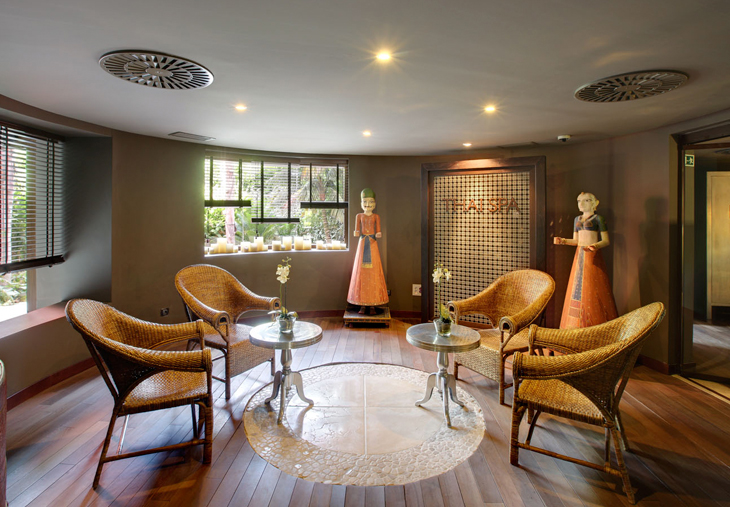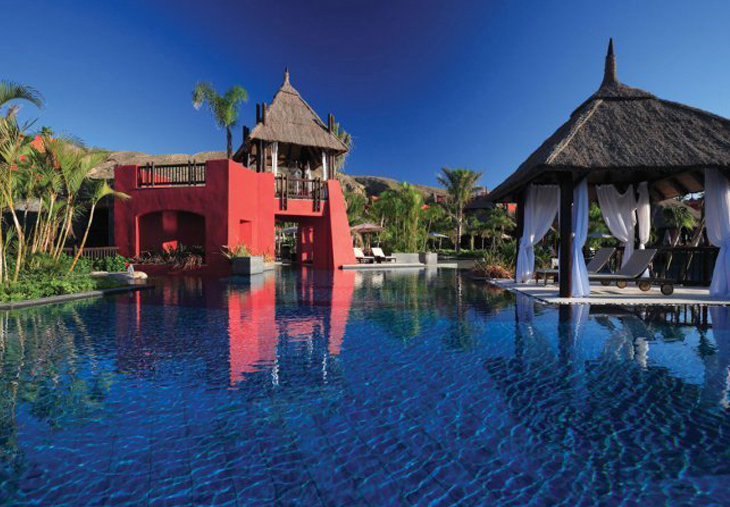The new year is right around the corner, and at the Asia Gardens Hotel & Thai Spa we have decorated some of our most emblematic and magical Asian spots with small and tinkly wishes, Fuurin.
Fuurin originally come from China, where they are called “Fuutaku” or wind chimes. However, its popularity expanded all over Japan when some Buddhist monks returned from the neighbouring country bringing this object with them.
They hung these ornaments on the corners of their temples in order to chase away evil and attract peace.
Rumour soon spread that in all those places where you could hear fuurin tinkle, no disasters happened.
In Japan it was called “Fuurin”, which literally means wind chime or chime evoking the wind. It is used as an ornament in homes, and is generally placed next to windows and doors, where they can be moved by the wind. Although the most frequent place for them is outside in the garden where the wind can make them tinkle.
They are very popular in Japanese culture, and they have become a true ritual when the summer starts and people write their wishes on the piece of paper of the fuuring for the wind to take their words away and make their wishes come true.
The fuurin is a circular wind chime made out of different materials, glass, ceramic or metal. A piece of string goes from the wind chime to the paper, and when the wind chime is played by the wind, a pendulum makes the fuurin tinkle.
In the piece of paper hanging from the fuurin wishes and good fortune sentences are written.
The main function of these wind chimes is to enhance the fresh sensation of the breeze in the air. Japanese people are fond of enhancing sensorial experiences; it is a part of their culture.
If you wish to start the new year with good fortune and tinkles full of positive hope, at the Asia Gardens Hotel & Thai Spa we invite you to come and spend New Year’s Eve with us, and hang fuurin with your new year resolutions for 2014 in mind.


